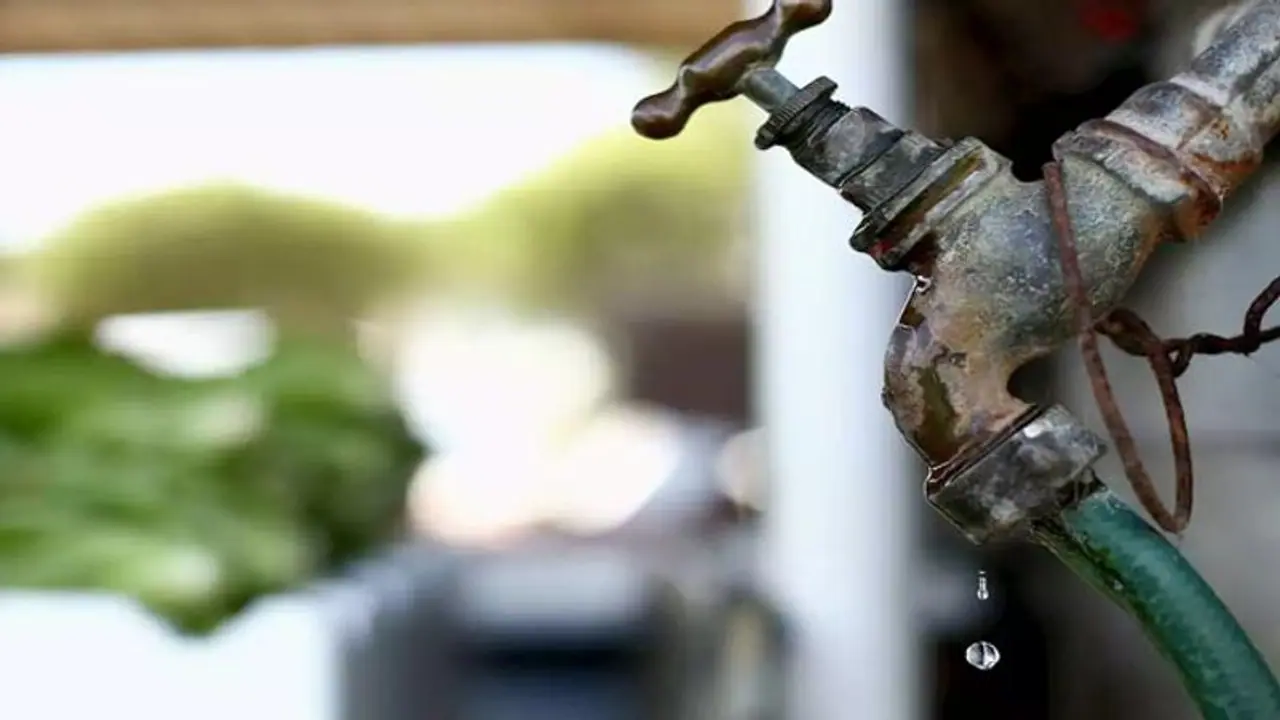Madhya Pradesh provided 19.89 lakh tap water connections and has been one of the top performers in the country under Jal Jeevan Mission
Bengaluru: As per a ministry of Jal Shakti report, in 2020-21, Madhya Pradesh provided 19.89 lakh tap water connections and has been one of the top performers in the country under Jal Jeevan Mission.
In 2021-22, the state plans for saturation of 7 districts and 22 lakh new tap water connections.
The emphasis will be on areas such as SC/ST dominated habitations, water quality-affected areas, water-scarce areas, Aspirational districts, PVTG habitations, etc.
Earlier this year, with a view to monitor the rural drinking water supply systems in villages, ministry of Jal Shakti had decided to take the digital route to use sensor-based IoT devices to effectively monitor the implementation of Jal Jeevan Mission (JJM) in more than six lakh villages.
For this purpose, National Jal Jeevan Mission in collaboration with Tata Community Initiatives Trust (TCIT) and Tata Trusts completed pilot projects in several remote villages of five States i.e. Uttarakhand, Rajasthan, Gujarat, Maharashtra, and Himachal Pradesh.
In a statement, the ministry said that a key feature of these pilots has been the use of frugal yet sturdy sensors, which makes the solution scalable and sustainable.
Several types of sensors have been deployed including flow meters, ground water level sensors, chlorine analyzers, pressure sensors, pump controller etc. to measure all the relevant aspects of water service delivery – quantity, duration, quality, pressure, and sustainability – in addition to providing operational efficiencies. The cloud and analytics powered IoT Platform is integrated with a GIS (Geographical Information System) providing a robust decision support system, the website notes additionally.
